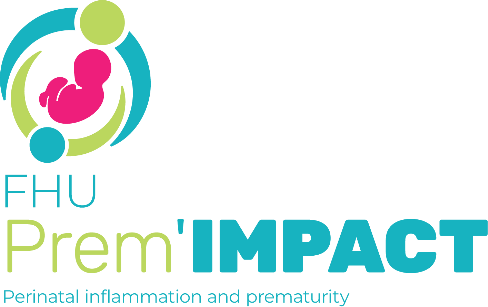Abstract
By interfering with the normal sequence of mechanisms serving the brain maturation, premature birth and related stress can alter perinatal experiences, with potential long-term consequences on a child’s neurodevelopment. The early characterization of brain functioning and maturational changes is thus of critical interest in premature infants who are at high risk of atypical outcomes and could benefit from early diagnosis and dedicated interventions. Using high-density electroencephalography (HD-EEG), we recorded brain activity in extreme and very preterm infants at the equivalent age of pregnancy term (n = 43), and longitudinally 2 months later (n = 33), compared with full-term born infants (n = 14). We characterized the maturation of brain activity by using a dedicated microstate analysis to quantify the spatio-temporal dynamics of the spontaneous transient network activity while controlling for vigilance states. The comparison of premature and full-term infants first showed slower dynamics as well as altered spatio-temporal properties of brain activity in preterm infants. Maturation of functional networks between term-equivalent age and 2 months later in preterms was linked to the emergence of faster dynamics, manifested in part by shorter duration of microstates, as well as an evolution in the spatial organization of the dominant microstates. The inter-individual differences in the temporal dynamics of brain activity at term-equivalent age were further impacted by sex (with slower microstate dynamics in boys) and by gestational age at birth for some microstate dynamics but not by other considered risk factors. This study highlights the potential of the microstate approach to reveal maturational properties of the emerging brain network activity in premature infants.
